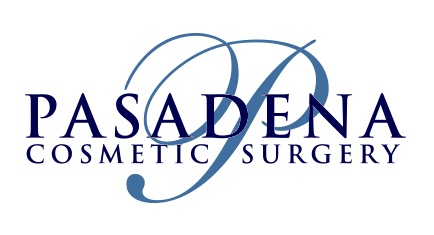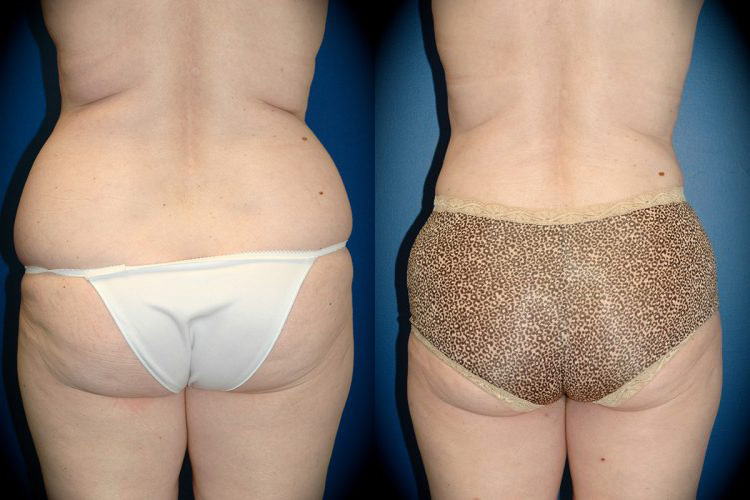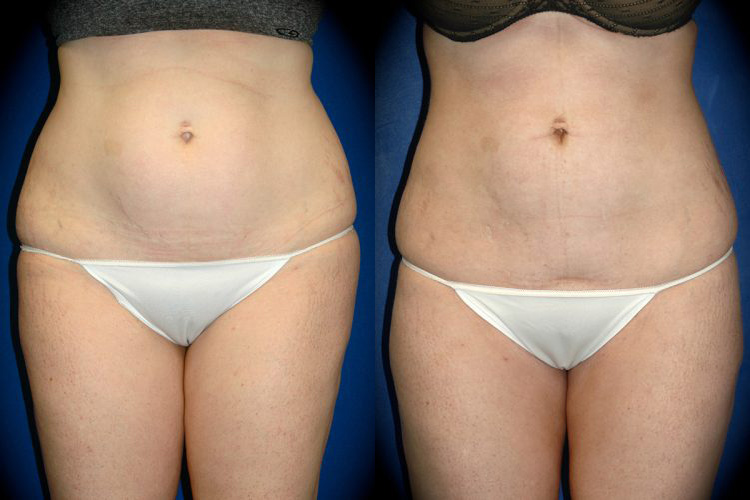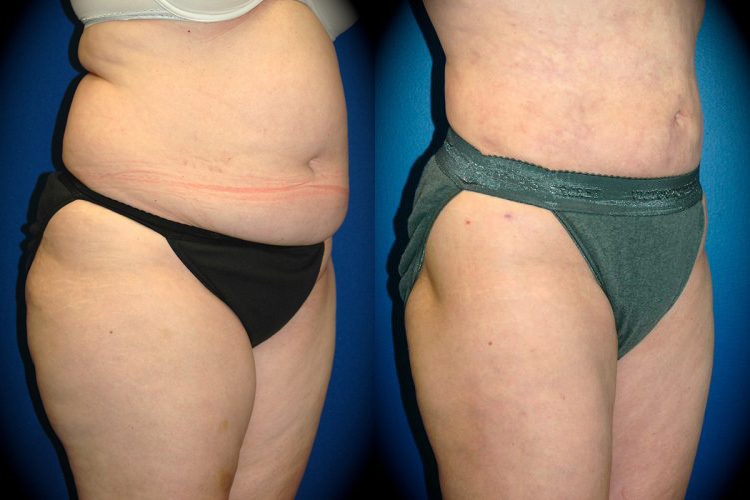How Can Liposuction Help?
Liposuction can get rid of excess fat while sculpting and defining the body contours. Many patients use liposuction as a tool to complete their body goals in a safe and efficient manner. Although commonly performed on the thighs, hips, back, love handles, and stomach, liposuction can be performed on any area of the body. Dr. O’Toole offers different liposuction techniques to provide patients with a customized surgical plan.
Schedule a ConsultationPower-Assisted Liposuction
Power-Assisted Liposuction (PAL)
- Performed under a general anesthetic
- Small incisions are made in the target area(s)
- A saline solution is injected to help break up the fat cells
- The PAL wand is attached to small suction tubes (cannulas) that are used to send vibrations into the fatty tissues
- The vibrations cause the fat cells to shrink into smaller pieces (making it easier for fat removal)
- Through the PAL device and the cannulas, fat is suctioned out
Laser-Assisted Liposuction
Laser-Assisted Liposuction (Smartlipo™)
- SMARTLIPO is performed under a local anesthetic
- Small incisions are made in the target area(s)
- A small probe with a laser tip is inserted under the skin
- The instrument is gently shifted to direct light energy into the fat cells
- This allows the Smartlipo™ device to heat and rupture the fat cells for easier removal
- The triple wavelength technology allows for the fat to be liquefied while also tightening the skin
- Through a small cannula, the fat is suctioned out
What are your Concerns?
Recovery
A compression garment or elastic bandage may be used to cover the treatment area(s) to control swelling and to keep the new shape of the body. Patients may notice some redness and bruising. Swelling may last for weeks or even months. Patients should rest for at least two weeks after the surgery. However, they should do some light walking as soon as possible to help with swelling and prevent blood clots. Patients will notice a fluctuation in swelling for six to nine months. Once this swelling has subsided, patients will be able to see their full results.
Cost
The cost of surgery will vary depending on the geographic location, the extent of the surgery, and the surgeon’s experience. According to the American Society of Plastic Surgeons (ASPS), the average surgeon’s fee for liposuction was $3,009 in 2015. This price does not include anesthesia fees, hospital fees, and any other related costs.
Scarring
Incisions will be small, and the resulting scarring will be barely noticeable. Once the body heals, scarring should fade and become less visible. The scars are placed in areas typically covered by clothing.
Results
Once swelling and bruising have subsided, full results will be apparent. With maintenance of a steady weight through a healthy diet and exercise regimen, patients can enjoy their smoother, more defined body contours for many years.
Frequently Asked Questions
-
Who is a good candidate for liposuction?
A good liposuction candidate is at or near their goal weight and would like to get rid of stubborn fat that is resistant to diet and exercise. It is important that candidates are realistic with their expectations and are in good health. Liposuction is not a weight-loss procedure. It is a body contouring procedure.
-
Can liposuction be combined with other procedures?
Liposuction can be combined with other body contouring procedures, such as tummy tuck surgery, arm lift surgery, and thigh lift surgery.
-
What are the risks and complications associated with liposuction surgery?
As with any surgery, liposuction can involve risks and complications, such as:
- Bleeding
- Anesthesia risks
- Infection
- Allergic reactions
- Scarring
- Pain
-
Is there a lot of pain associated with liposuction?
There will be some minor pain and discomfort that can be controlled with prescribed pain medication.
-
Will I have to stay overnight in the hospital?
Liposuction is an outpatient procedure; most patients can go home a few hours after surgery. It is important to have a designated person to drive you home and care for you the first couple of days after your surgery.







